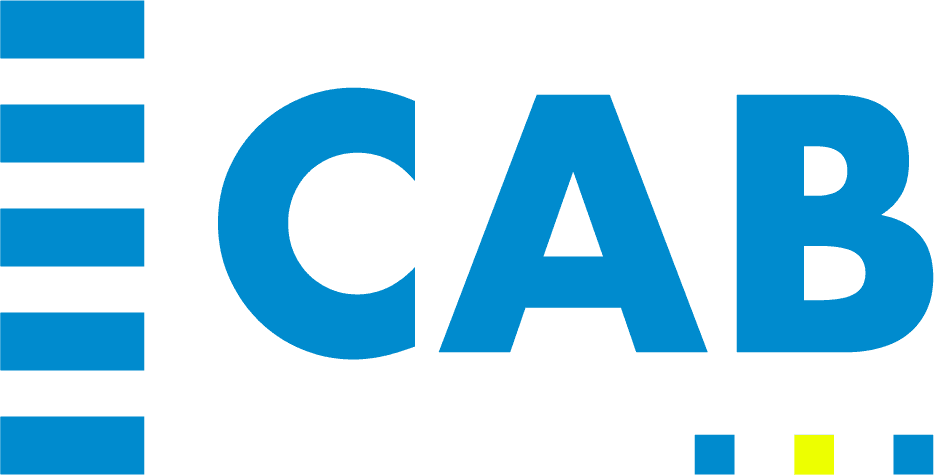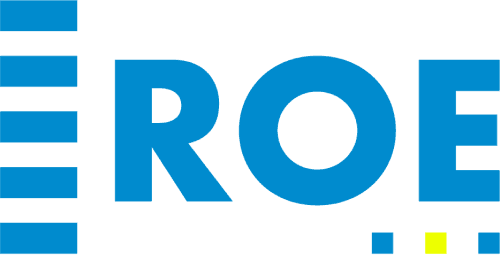
If you’ve ever listened to pilots talk, it’s almost poetic in its precision. Every message follows a formula: Who are you? Where are you? What do you want? There’s no room for fluff or confusion, just clarity that keeps everyone safe and moving in the same direction.
At work, we may not need to talk like pilots, but we could definitely learn from them. Imagine if your team communicated with that same sense of purpose.
Clear, calm, and straight to the point. No twelve-paragraph emails or meetings that wander off the runway. Because the truth is that communication isn’t about saying more; it’s about saying what matters. And when we don’t, the cost adds up, almost $1.2 trillion a year!
So, if you’re thinking about how to improve workplace communication, start with clarity. When everyone understands the message the first time, teamwork feels lighter, faster, and way less stressful.
Why Workplace Communication Breaks Down
Ever been in a meeting where everyone nods along, only to realize later that no one’s on the same page? That’s the silent chaos of bad communication.
Half the time, it’s not that people aren’t talking. It’s that no one really understands.
A report by Axios found that 72% of employees say how well they understand their company’s goals directly affects how engaged they feel at work. Think about that for a second, when messages are muddled and motivation is low. People stop caring because they stop getting it.
George Bernard Shaw once said, “The single biggest problem in communication is the illusion that it has taken place.” We still fall for that illusion today.
Buried under inboxes, Slack pings, and jargon-filled updates, everyone assumes the message landed. But in reality, it’s clarity that keeps people connected and teams working in the same direction.
What Aviation Can Teach Us
If you’ve ever listened to pilots communicate mid-flight, it’s impressive how smooth it sounds. Every word counts, and every message moves things forward. There isn’t any over-explaining involved, no confusion, and just purpose.
That same kind of precision works just as well on the ground. In a busy workplace, clarity is the difference between action and chaos. The best communicators don’t send longer emails; they send clearer ones.
Grammarly’s 2023 report found that 72% of business leaders notice higher productivity when communication improves, and 60% say team confidence grows too. That stat is a proof that better communication improves workflow and lifts morale.
Peter Drucker once said, “The most important thing in communication is hearing what isn’t said.” Beyond words, it’s about awareness. The kind that helps you pick up tone, timing, and intent, so your message always lands exactly how you meant it.
Practical Strategies to Improve Communication
Most communication problems aren’t because people don’t talk enough. They are because they talk around what matters.
Messages get lost in long threads, vague words, or too many “quick syncs.” The fix? Be intentional. Speak less, mean more, and listen twice as hard.
Here’s how to actually do it.
Say It Like You Mean It
If your message needs three paragraphs, it probably needs rewriting. Skip the jargon and corporate buzzwords. No one’s inspired by phrases like “circle back” or “synergize.”
Be clear, and most of all, be human. People remember warmth, not corporate language. Brené Brown said it best: “Clear is kind. Unclear is unkind.” A clear message saves time, builds trust, and makes you the person everyone actually wants updates from.
Respond, Don’t React
Timely replies keep work moving, but rushing every response creates chaos. Give yourself space to process before replying. It’s the difference between reacting and communicating. Not every Slack ping is an emergency, even if it feels like it.
Make the Next Step Obvious
End every message with clarity. Who’s doing what, and by when. People appreciate direction way more than another round of “just checking in.” When ownership is clear, accountability follows naturally.
Listen Like a Pilot
In aviation, every instruction is repeated back to confirm it’s understood. Try doing that in meetings or emails. Paraphrase what you heard. It saves time, prevents mistakes, and builds trust.
Axios found that 80% of leaders think they communicate well, but only 53% of employees agree. That huge gap between the percentages reminds us that clarity isn’t always about talking more. It’s about making sure people actually get it.
Benefits of Better Communication
When communication clicks, everything else does too. Work feels lighter, projects move faster, and misunderstandings don’t snowball into late-night Slack marathons. You know that feeling when everyone’s on the same page? That’s clear communication at work.
In aviation, clarity literally saves lives. Every word, tone, and response matters because pressure is already sky-high. The same goes for the workplace. When communication is crisp and confident, teams feel safer to speak up, share ideas, and admit mistakes before they spiral.
HR Brew found that 82% of white-collar workers say communication issues feed directly into burnout. Eighty-two percent! That’s proof that unclear messages don’t just slow productivity, they drain energy and trust.
Tony Robbins once said, “To effectively communicate, we must realize that we are all different in the way we perceive the world.” Understanding how people receive what you say, not just how you say it, is the real skill.
Good communication is emotional intelligence in motion. It turns everyday exchanges into teamwork, replaces frustration with focus, and makes high-pressure environments feel like smooth air again. Because when clarity leads, confidence follows, and the pressure finally starts to lift.
Before You Hit Send
Strong communication is about clarity and timing. Saying what matters and when it matters. That’s the heart of how to improve workplace communication.
Grammarly’s report found that poor communication costs companies $12,506 per employee every year. That huge number is not just about money; it’s a missed connection.
And like Stephen R. Covey said, “Seek first to understand, then to be understood.” When you listen first and speak clearly, teamwork improves, trust grows, and work actually feels lighter.
Sources:
Grammarly: “State of Business Communication 2024.” Accessed 06/10/2025.
Axios HQ: “State of Internal Communications Report.” Accessed 06/10/2025.
Grammarly: “State of Business Communications 2023.” Accessed 06/10/2025.
Axios HQ: “Internal Communications Statistics.” Accessed 06/10/2025.
HR Brew: “Burnout and Engagement on the Rise.” Accessed 06/10/2025.

Article by
Founder, Think Like a Pilot & GBM6
Bobby Dutton is a professional speaker, entrepreneur, and philanthropist. He's also a licensed commercial pilot and flight instructor -- for fun. Thriving at the intersection of engineering and art, Dutton created GrooveBoston in 2004, built on the statement "Music is No Longer a Spectator Sport." His team (now called GBM6) is about making people happy, through legendary events. Bobby's pioneering work on event design has won him awards internationally, and he was voted one of the "Top 25 Young Event Pros to Watch" by Special Events Magazine. After 20+ years of navigating high-stress situations as a business owner and event producer, Bobby found calm in an unlikely place: in the sky. He now teaches these aviation-inspired decision-making tools to thousands through events, keynotes, and workshops.









